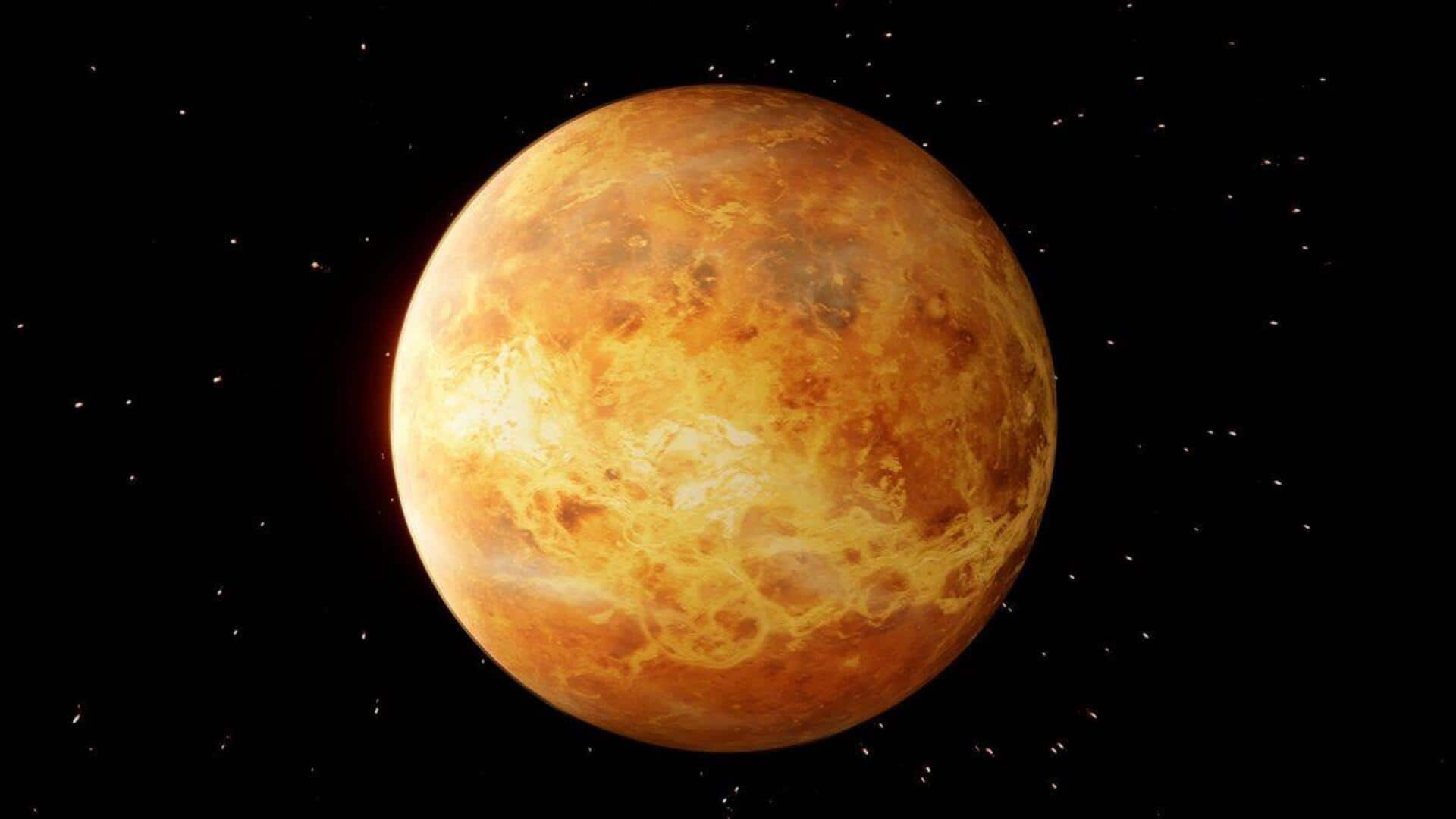
Venus might not be as dead as we thought
What's the story
NASA's Magellan mission data, collected over three decades ago, has revealed potential tectonic activity on Venus. The discovery stems from the study of large, circular structures, called coronae, found on the planet's surface. Unlike Earth, which has tectonic plates that constantly shift and recycle crustal sections, Venus doesn't have these plates but shows signs of deformation due to molten material from its interior.
Explained
What are coronae?
Coronae, the circular structures on Venus, vary in size from dozens to hundreds of kilometers. They are usually oval-shaped with a concentric fracture system around them and are thought to be points where hot material from the planet's interior pushes against its outer layer. These structures could also shed light on Earth's early history.
Research findings
Study reveals tectonic activity signs in coronae
The study, published in the journal Science Advances, has found signs of activity at or below the surface that are shaping many of Venus's coronae. The lead author of the study, Gael Cascioli from University of Maryland and NASA's Goddard Space Flight Center, said, "Coronae are not found on Earth today; however, they may have existed when our planet was young and before plate tectonics had been established."
Data significance
Magellan mission's data crucial for tectonic study
The data for this study was obtained from NASA's Magellan mission, which orbited Venus in the 1990s and collected detailed gravity and topography data. The researchers created sophisticated 3D geodynamic models to depict different formation scenarios for coronae caused by hot material from the mantle. Of the 75 coronae they examined, 52 seemed to have hot material underneath them that probably drives tectonic processes.
Tectonic processes
Potential tectonic processes on Venus
The researchers suggested that a different kind of tectonic activity, akin to subduction on Earth, could be happening around some coronae on Venus. Here, as hot material from the mantle pushes up into the outer layer, surface material rises and spreads outward. Another possible process identified by the researchers is lithospheric dripping where dense cool material sinks from the outer layer into the hot mantle.
Future research
VERITAS mission to provide high-resolution gravity data
As part of NASA's upcoming VERITAS mission, Cascioli and his team are especially interested in the high-resolution gravity data the spacecraft will provide. The mission is set to launch no earlier than 2031. The study's co-author, Erwan Mazarico from Goddard Space Flight Center, will co-lead the VERITAS gravity experiment when it launches.